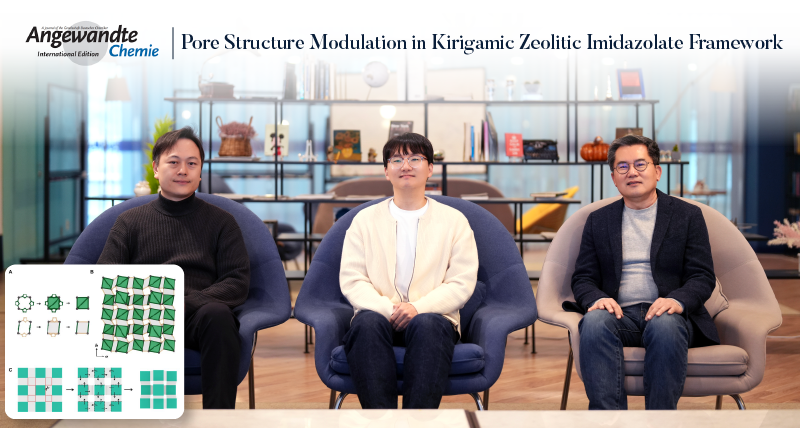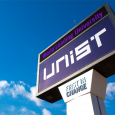The inspiration for this work stems from the elegant simplicity of folding paper—a concept that led researchers to explore the possibility of replicating this flexibility at the molecular level. After extensive experimentation, they unveiled foldable molecular paths capable of react dynamically to their environment.
Led by Professor Wonyoung Choe in the Department of Chemistry at UNIST, the research team achieved a significant breakthrough in this field. They developed foldable molecular paths using zeolitic imidazolate frameworks (ZIFs), a type of highly porous material. These frameworks can adjust their size, shape, and alignment at the nanoscale in response to temperature, pressure, and gas interactions. This unique capability allows them to regulate gas flow in a manner similar to how valves control water flow in pipelines.
The team chose ZIFs due to their exceptional flexibility. Unlike traditional materials, the tetrahedral zinc centers within ZIFs function as hinges, enabling the structure to fold and adapt dynamically. Using advanced X-ray diffraction techniques, the researchers observed how the framework responded to various stimuli, showcasing its potential for real-world applications.
These materials are not just scientific curiosities—they possess considerable practical potential. They could be employed to create filters that adapt in order to capture harmful gases more efficiently or to design purification systems capable of selectively removing contaminants. The study also highlighted a simplified version of the “Plumber’s Nightmare,” a complex pore network, suggesting that the foldable design holds the key to mastering such intricate structures.
“This work demonstrates that foldable mechanisms can be realized at the molecular level, paving the way for advanced molecular materials, such as smart adsorbents,” said Professor Choe. “We anticipate transformative applications in energy, environmental science, and biomedicine.”
The findings of this research have been published in Angewandte Chemie International Edition, on November 21, 2024. This study was supported by the National Research Foundation (NRF) of Korea through the Mid-Career Researcher Program and Hydrogen Energy Innovation Technology Development Project, and UNIST.
Journal Reference
Joohan Nam, Dr. Eunji Jin, Dr. Leila Abylgazina, et al., “Pore Structure Modulation in Kirigamic Zeolitic Imidazolate Framework,” Angew. Chem., Int. Ed., (2024).












